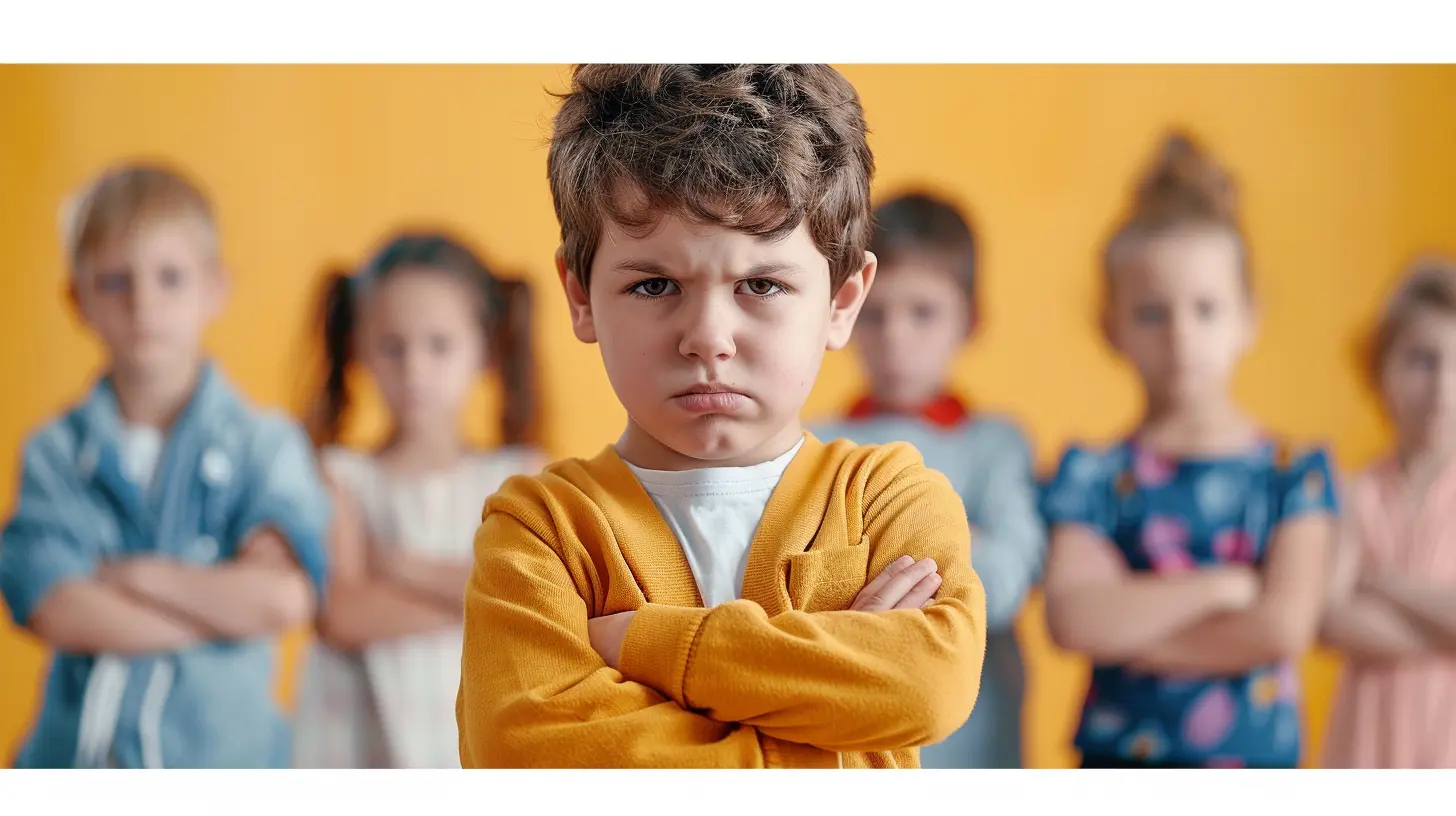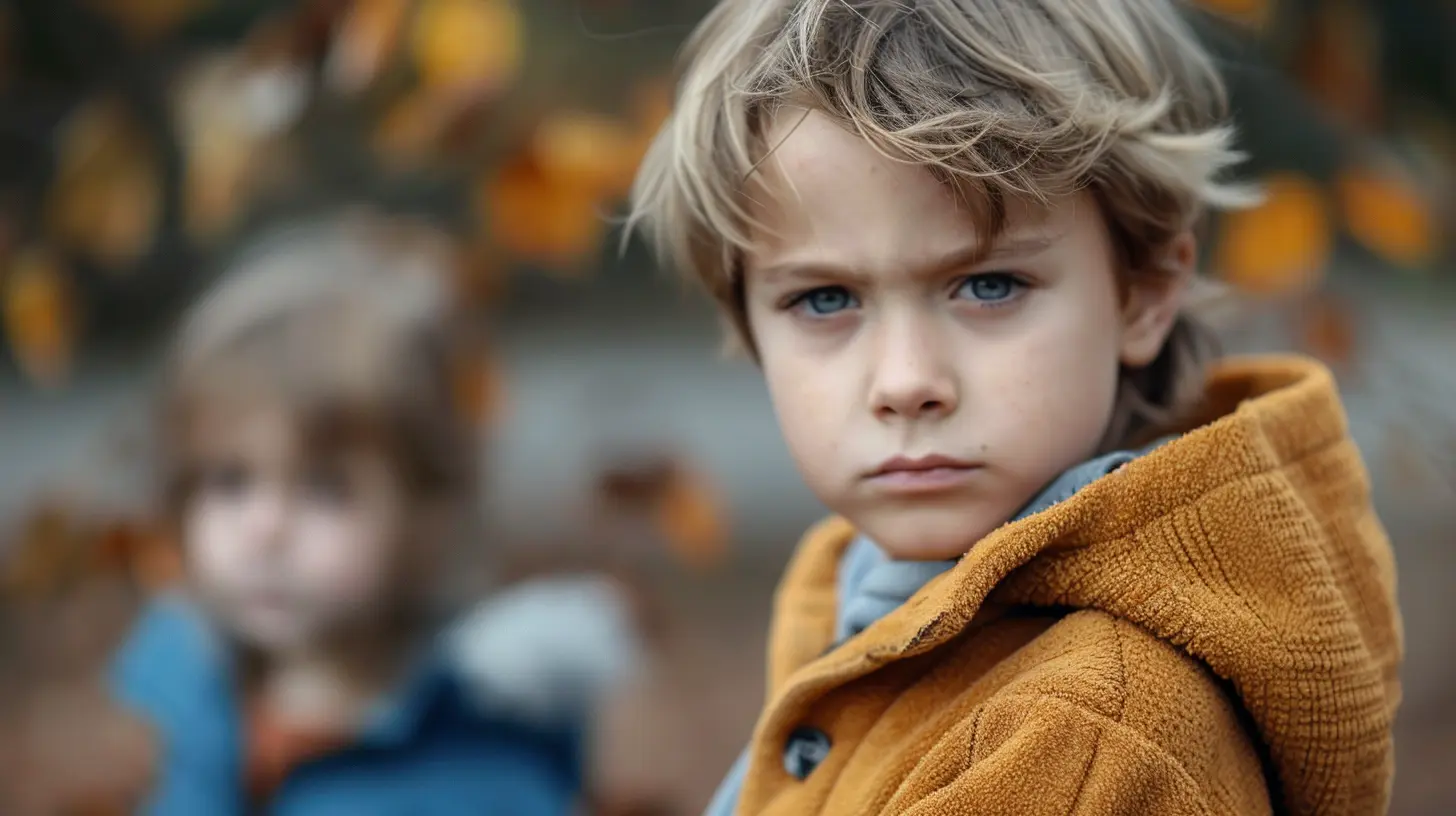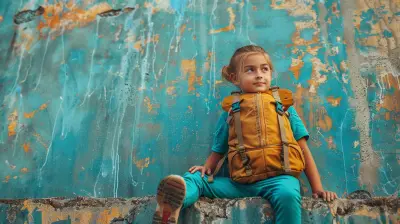Why Some Kids Bully: Understanding the Root Causes
3 August 2025
Bullying has been around forever, some might say it’s as old as playgrounds themselves. But have you ever stopped to wonder why some kids bully? What compels a child to lash out at their peers, sometimes even their friends? It’s easy to label bullies as "bad kids," but the truth is, it’s rarely that black and white.
In this article, we’ll dig into the root causes of bullying. Spoiler alert: it’s not just about being mean for the sake of it. There’s a lot more beneath the surface, and understanding these factors can help us address the issue head-on. 
What Exactly Is Bullying?
Before we dive into the “why,” let’s first get on the same page about bullying itself. Bullying isn’t just kids being kids or a harmless phase they’ll grow out of. It’s a deliberate and repetitive behavior intended to harm, intimidate, or humiliate another person. This can come in many forms, including:- Physical abuse: Hitting, kicking, or damaging someone’s property.
- Verbal abuse: Name-calling, teasing, or threatening.
- Social exclusion: Spreading rumors or isolating someone intentionally.
- Cyberbullying: Using technology to harass others, like sending cruel messages or photos online.
Now that we’ve nailed down what bullying is, let’s tackle the big question: Why do kids do it in the first place?
The Psychology Behind Bullying
1. Influence of Home Environment
Let’s take a hard look at the home. A child’s behavior often mirrors what they see and experience there. If a child grows up in a chaotic or abusive household, they might feel helpless and out of control. What’s the quickest way to feel powerful? You guessed it—by exerting dominance over someone else.Maybe their parents are overly critical, and that constant criticism makes them feel small. To compensate, they might turn around and make someone else feel even smaller. It’s a vicious cycle, like a domino effect of negativity.
On the flip side, a lack of attention or supervision can also be a factor. Kids crave attention, and if they’re not getting positive reinforcement at home, they might resort to negative behaviors to get any kind of reaction.
2. Low Self-Esteem
This one might sound ironic, right? A bully might seem overly confident, like they’re walking around with a “better-than-everyone” attitude. But in many cases, the opposite is true.Think of a bully like a balloon—big and intimidating on the outside, but fragile and easily deflated. They might pick on others to cover up their own insecurities. Maybe they’re struggling academically, don’t feel as good-looking as their peers, or are self-conscious about their family situation.
By tearing others down, they temporarily feel “better-than.” It’s like trying to build the tallest tower by knocking down everyone else’s blocks.
3. Peer Pressure and Social Dynamics
Let’s be honest, kids care a lot about fitting in. From the latest TikTok trend to who’s eating lunch with whom, social groups are everything. For some, bullying becomes a twisted way to earn approval.If a group of friends is laughing at someone else’s expense, a child might join in even if they don’t think it’s right. Why? Because standing out can be scary, and kids would often rather blend in than risk being the next target. 
External Influences That Might Encourage Bullying
4. Media and Pop Culture
Let’s not ignore the influence of media. Whether it’s TV shows, movies, or social media platforms, the way conflict is portrayed can sometimes glorify bullying behaviors—intentionally or not.Think about those high school dramas where the “mean girl” is considered cool or the tough kid who gets into fights is seen as someone to admire. Kids absorb these messages like sponges and might emulate what they see, especially if they think it’ll earn them popularity points.
5. The School Environment
Here’s something that doesn’t get talked about enough: schools themselves can unintentionally foster bullying.- Overcrowded classrooms can leave teachers stretched thin, making it easier for bullying to go unnoticed.
- Schools that focus too much on academic performance might overlook emotional and social development.
- A lack of clear anti-bullying policies can send the message that bad behavior isn’t taken seriously.
In environments where competition (whether academic, athletic, or social) is emphasized over collaboration, bullying might become a way to get ahead.
Could It Be Instinctive?
Some researchers believe bullying has evolutionary roots. In the animal kingdom, dominance and power often determine survival. While humans are definitely more evolved (we hope!), remnants of this primal behavior might still linger.Kids who bully might instinctively seek to establish dominance, especially if they feel their social “rank” is threatened. This instinctual behavior doesn’t excuse bullying by any means, but it adds another layer to the complexity of the issue.
The Role of Emotional Underdevelopment
Here’s the thing: kids aren’t born with a fully developed ability to manage emotions or express themselves appropriately. When they’re angry, sad, or frustrated, they might not have the tools to deal with those feelings in a healthy way.Instead of saying, “Hey, that hurt my feelings,” some kids might lash out. Bullying can become a misguided way to release emotions they don’t know how to handle.
What Can Parents and Teachers Do?
Now that we understand why some kids bully, what can we do about it? Here are a few approaches that can help address the root causes:1. Model Positive Behavior
Kids watch adults like hawks. Show them how to deal with conflict in a calm, respectful way. Apologize when you mess up and let them see how to make amends.2. Build Emotional Intelligence
Teaching kids how to name and manage their feelings is huge. Simple practices like talking about emotions or encouraging empathy ("How do you think they felt when that happened?") can go a long way.3. Address Their Self-Esteem
Help kids build confidence in healthy ways. Praise effort rather than results, support their interests, and remind them of their strengths. A confident child is less likely to bully—and less likely to be bullied.4. Encourage Open Conversations
Make it safe for kids to talk to you. Whether they’re the bully or the victim, they need to know they won’t be judged or punished for opening up.5. Set Clear Boundaries
Make sure kids understand that bullying isn’t acceptable—ever. But instead of focusing only on punishment, help them understand why their behavior is wrong and how they can make amends.Wrapping It All Up
At its core, bullying is rarely about hatred or cruelty; it’s often a cry for help, a way to regain control, or a misguided way to cope with emotions. By digging deeper and addressing the root causes, we can tackle bullying in a way that’s effective and compassionate.The next time you see or hear about a child acting out, resist the urge to slap a label on them. Instead, ask yourself: What’s really going on here? Because every bully is a kid first—and every kid deserves the chance to grow into someone better.
all images in this post were generated using AI tools
Category:
Dealing With BullyingAuthor:

Zelda Gill
Discussion
rate this article
1 comments
Soliel Mathews
This article effectively highlights the complex factors contributing to bullying behavior in children, emphasizing the need for a nuanced understanding. By addressing underlying issues such as insecurity, family dynamics, and social influences, we can better equip parents and educators to intervene effectively, fostering empathy and healthier social interactions among children.
August 11, 2025 at 3:19 PM

Zelda Gill
Thank you for your insightful comment! I'm glad you found the article's emphasis on the complexities of bullying behavior and the importance of addressing underlying issues valuable. Together, we can work towards fostering a more empathetic environment for children.


